Alemtuzumab drug aliquots can be used for in vitro or in vivo experiments. Several other reference drugs are also available.
The drug aliquots are generated by aliquoting (dividing and repackaging) the EU-licensed reference drug.
Alemtuzumab drug aliquots can be used for in vitro or in vivo experiments. Several other reference drugs are also available.
The drug aliquots are generated by aliquoting (dividing and repackaging) the EU-licensed reference drug.

Find and order your therapeutic molecules through smart filters

Up to 10 batches of original drugs for examining batch-to-batch variations

Up to 80% less compared to the original pharmaceutical price

Shipment within days worldwide according to GDP-standards

Up to 80% less compared to the original pharmaceutical price
| Drug name | Lemtrada® |
| INN | Alemtuzumab |
| API type | Alemtuzumab is a monoclonal antibody produced in mammalian cell (Chinese Hamster Ovary) suspension culture in a nutrient medium by recombinant DNA technology. |
| Pharmacotherapeutic group | Selective immunosuppressants |
| ATC code | L04AA34 |
| Target of antibody | CD52 |
| General function | Alemtuzumab binds to CD52, a cell surface antigen present at high levels on T (CD3+) and B (CD19+) lymphocytes, and at lower levels on natural killer cells, monocytes, and macrophages. There is little or no CD52 detected on neutrophils, plasma cells, or bone marrow stem cells. Alemtuzumab acts through antibody-dependent cellular cytolysis and complement-mediated lysis following cell surface binding to Tand B lymphocytes. |
| Short description | |
| Pharmacodynamic properties (Mechanism of action; Source EMA document) | Alemtuzumab, is a recombinant DNA-derived humanised monoclonal antibody directed against the 21-28 kD cell surface glycoprotein CD52. Alemtuzumab is an IgG1 kappa antibody with human variable framework and constant regions, and complementary-determining regions from a murine (rat) monoclonal antibody. The antibody has an approximate molecular weight of 150 kD. |
| Pharmacodynamic properties (Pharmacodynamic effects; Source EMA document) | Alemtuzumab depletes circulating T and B lymphocytes after each treatment course with the lowest observed values occurring 1 month after a course of treatment (the earliest post-treatment time point in phase 3 studies). Lymphocytes repopulate over time with B-cell recovery usually completed within 6 months. CD3+ and CD4+ lymphocyte counts rise more slowly towards normal, but generally do not return to baseline by 12-months post-treatment. Approximately 40% of patients had total lymphocyte counts reaching the lower limit of normal (LLN) by 6 months after each treatment course, and approximately 80% of patients had total lymphocyte counts reaching the LLN by 12 months after each course. |
| Original license holder | Sanofi Belgium Leonardo Da Vincilaan 19 B-1831 Diegem Belgium |
| Marketing authorisation numbers | EU/1/13/869/001 |
| Marketing authorisation holder | Sanofi Belgium Leonardo Da Vincilaan 19 B-1831 Diegem Belgium |
| Name of the manufacturer of the biological active substance | Boehringer Ingelheim Pharma GmbH & Co. KG Birkendorfer Straße 65 88397 Biberach an der Riss GERMANY |
| Name and address of the manufacturer(s) responsible for batch release | Genzyme Ireland Limited IDA Industrial Park Old Kilmeaden Road Waterford Ireland |
| Max shelf life | 3 years |
| Storage conditions | 2°C – 8°C |
| List of excipients | Disodium phosphate dihydrate (E339) Disodium edetate Potassium chloride (E508) Potassium dihydrogen phosphate (E340) Polysorbate 80 (E433) Sodium chloride Water for injections |
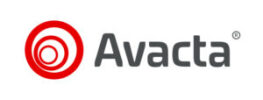

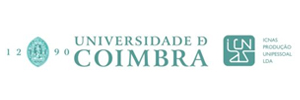
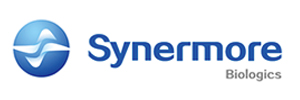

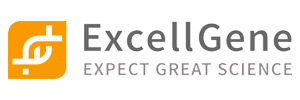

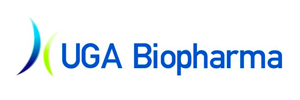
Evidentic offers multiple batches of original drug aliquots in low binding Eppendorf tubes for research use only. We provide licence-free drug aliquots with long, short or even “negative shelf life” by storing the products at recommended temperatures (either 2-8°C or -80°C) and ensuring fully functional molecules for research purposes.
Evidentic GmbH
Martin-Buber-Str. 10
14163 Berlin